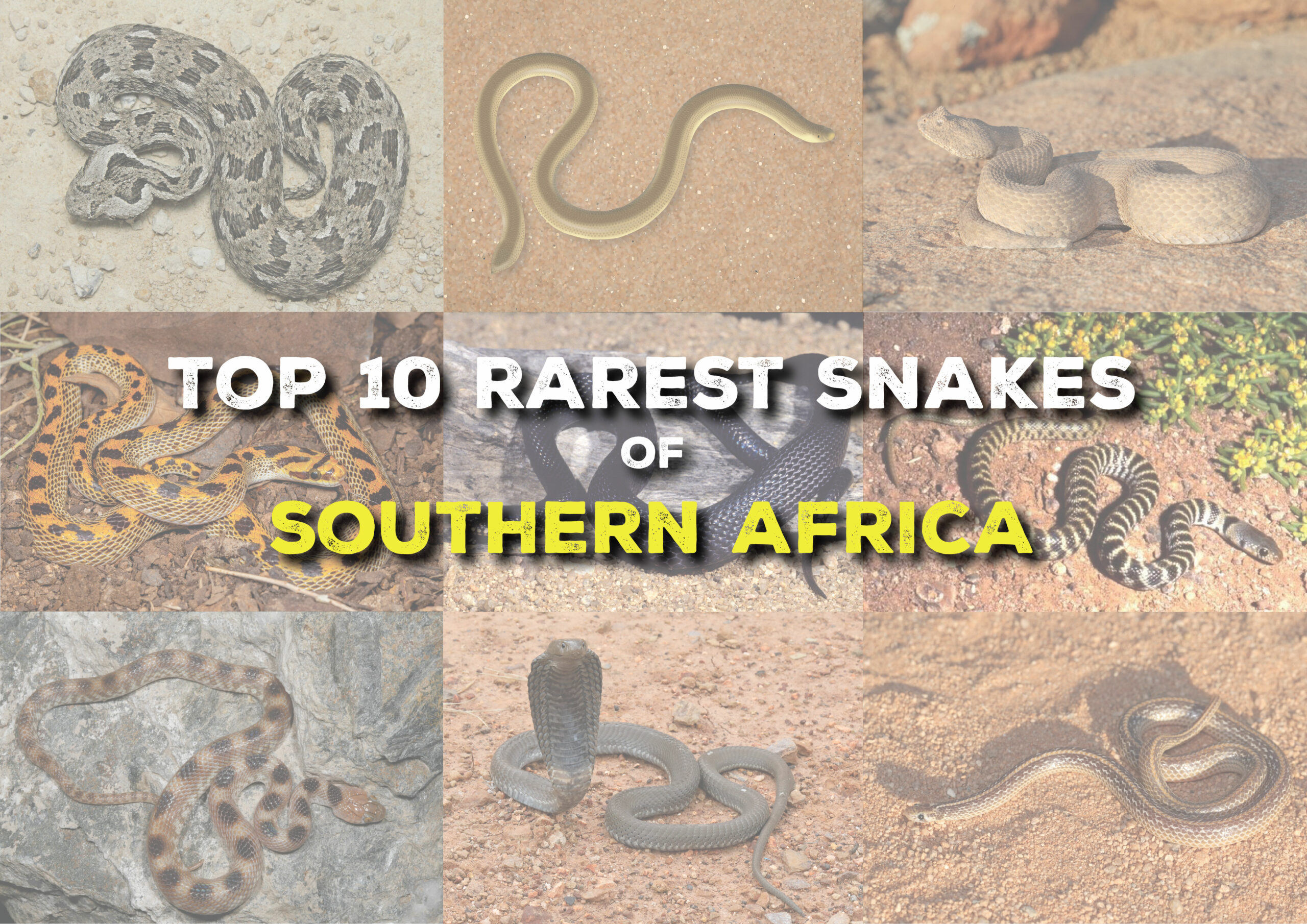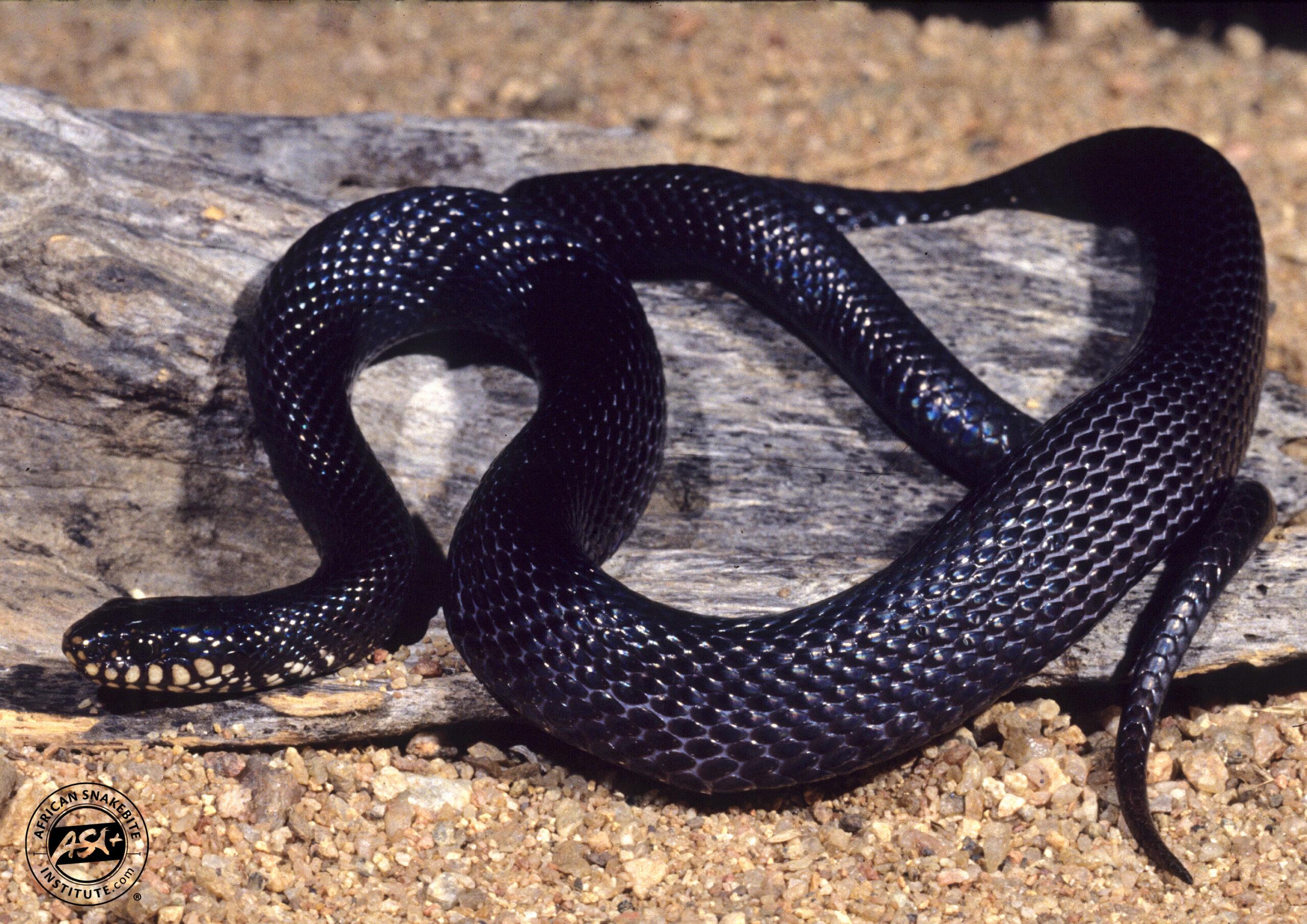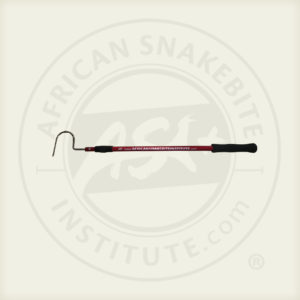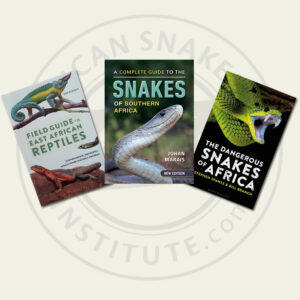Want to attend the course but can’t make it on this date?
Fill in your details below and we’ll notify you when we next present a course in this area:

We often get asked what the rarest snakes in southern Africa are. This is hard to quantify, as some species may be locally abundant but in areas rarely visited. Other species may live underground and only become active above ground for limited amounts of time. Because of this, we have limited information on their life history. Below are the top ten rarest snakes in southern Africa.
Fisk’s House Snake (Lamprophis fiskii)
This snake is commonly listed as a rare snake and is on a wish list for many herpetologists and snake enthusiasts. Described in 1887, Fisk’s House Snake was first collected by Mr. G. Atherstone, a surgeon and geologist who identified some of the first diamonds found in South Africa. It was from Touws River in the Western Cape and sent to Rev G. H. R. Fisk who sent the specimen to G.A. Boulenger in London. Fisk’s House Snakes have an extensive range across the Karoo and Namaqualand in the Western and Northern Cape provinces, with anecdotal records from the Eastern Cape Province. They are secretive snakes that appear to shelter in burrows and are underground during the day, emerging at night. Most observations are at night when this snake has been found crossing roads. They are unfortunately often killed by passing vehicles. Despite being listed as a rare snake, it is fairy commonly seen in the correct habitat and under the right conditions. Several poached animals have made it into the pet trade in South Africa as well as Germany. It appears that they do not do well in captivity.

Cream-spotted Mountain Snake (Montaspis gilvomaculata)
Collected in 1980 in the Drakensberg by Mr. D. Tomlinson, the preserved snake was described by Dr Orti Bourquin in 1991. Another specimen was collected near Sani Pass, which managed to escape after being photographed. Two other specimens were found in old museum collections and were from the Drakensberg. Since then, three other individuals have been observed by hikers in the Drakensberg, usually at high elevations near the border of Lesotho. This snake has a restricted distribution from the northern Drakensberg down to Sani Pass. It has not been recorded in Lesotho, however it may occur in the eastern region of the country on the edge of the Drakensberg escarpment.

Kunene Racer (Mopanveldophis zebrinus)
First found in 1991, the Kunene Racer was only formally described in 1999, from two individuals found in northern Namibia. Since 1999, three other individuals have been found, the last one being found in June 2024. This snake seems to occur in a large area from Kamanjab/Sesfontein all the way to the Kunene River and probably into southern Angola. Most individuals have been found crossing roads in Mopane scrub, within rocky gravel plains or slopes.

Albany Adder (Bitis albanica)
First collected near Grahamstown/Makhanda in the Eastern Cape Province of South Africa by local farmers and given to the Albany Museum, where it was described in 1937 by John Hewitt. It was initially described as an eastern subspecies of the Many-horned Adder (Bitis cornuta albanica) and was only elevated to full species by the late Bill Branch in 1997. It has not been found around Grahamstown/Makhanda since the 1930s. By 2016 it was reported from only eight sightings. However, several surveys have been conducted around the Algoa Bay region of the Eastern Cape, with upwards of 30 sightings in the last few years. A recent survey by the ASI team and Jo Balmer turned up five individuals in three days, suggesting this species is locally abundant, but occurs in a limited area. Most of the habitat is at threat by mining, construction and farming. This snake has been observed in Addo Elephant Park, a protected area.

Plain Mountain Adder (Bitis inornata)
A small adder originally described from a specimen collected near the Graaff-Reinet military base in 1830. The snake was sent to Andrew Smith who described it. No further specimens were found until the 1980s when a specimen was found in the Mountain Zebra National Park, around 180km east of Graaff-Reinet. Around 15 other individuals have been seen since 2000. This species has a restricted range through the Sneeuberg and occurs at high elevations, usually over 1500 meters above sea level. It may be locally abundant in the right areas, but it is a small snake and hard to locate, so sightings are rare.

Jalla’s Sand Snake (Psammophis jallae)
Described in 1896 from specimens collected in Zimbabwe by Rev. Luigi Jalla, an Italian missionary in southern Zimbabwe. This snake has a wide distribution from South Africa to Zambia and across to Namibia and Botswana. Despite its wide distribution, records in the last 30 years are almost non-existent. There were previously good records from Zimbabwe and Namibia and even the Limpopo Province in South Africa as far south as Bela Bela. This snake is very similar to the Western Yellow-bellied Sand Snake and is easily overlooked or misidentified.
Boyle’s Beaked Blind Snake (Rhinotyphlops boylei)
Described in 1932 by Vivian Fitzsimons from a specimen given to him by A. M. Boyle, collected at Gemsbok Pan in the Ghanzi District of Botswana. It occurs in the Kalahari, between Botswana and Namibia with records in the Kgalagadi Transfrontier Park. Since the description, this snake has been recorded from around 10 sightings, with no recent sightings or photographs in the last 30 years. It lives underground and most sightings appear to be when this species comes to the surface after decent rainstorms, which are uncommon in the Kalahari.

Mozambique Centipede-eater (Aparallactus nigriceps)
A small centipede-eater described in 1854 by Willem Peters, a German herpetologist working in Mozambique. The original description suggests it was described from Tete, but it appears that the location may have rather been Inhambane, as Peters was working in that area during the time of the collection. This snake was not seen for more than 108 years until three specimens were found outside of Inhambane by three different groups. The latest sighting was by the ASI team in 2019, south of Inhambane. It is a small snake that lives beneath logs and leaf litter and is hard to detect.

Nyanga Rinkhals (Hemachatus nyangensis)
Described in 2023 from specimens collected in 1961. This population of Rinkhals is isolated in the Zimbabwe Eastern Highlands and has been known about for several years. Recent genetics suggest it is a separate species however, most sightings are pre-1980 and it has been suggested that it may be extinct. On a recent survey by the ASI team, a member of the Nyanga Park staff said they had a sighting in 2013, so its probable this snake is not extinct but may be in low densities in areas where few people venture.
Tello’s Thread Snake (Leptotyphlops telloi) and Pungwe Thread Snake (Leptotyphlops pungwensis)
These two thread snakes have a small distribution with Tello’s Thread Snake being found in the Lebombo mountains in Eswatini and Mozambique and the Pungwe Thread Snake found along the Pungwe River inland from Inhassoro in Mozambique. Tello’s Thread Snake is named after Jose Tello who collected reptiles in poorly known areas of southern Mozambique. It is known from a handful of sightings. The Pungwe Thread Snake is only known from one specimen found in a trench along the Pungwe Flats and has never been seen again.
There are several other snakes that have a limited distribution in southern Africa but may be more commonly seen in Angola and Zambia.
These include:
Hellmich’s Wolf Snake (Lycophidion hellmichi)
Visser’s Shovel-snout (Prosymna visseri)
Damara Tiger Snake (Telescopus finkeldeyi)
Zambezi House Snake (Boaedon fradei)
Black-necked Spitting Cobra (Naja nigricollis)
Many of these snakes are cryptic, usually living underground and only emerging during ideal weather conditions. Others may only be found in limited areas that may be hard to access or are rarely visited.

CONTACT US:
Product enquiries:
Caylen White
+27 60 957 2713
info@asiorg.co.za
Public Courses and Corporate training:
Michelle Pretorius
+27 64 704 7229
courses@asiorg.co.za
 ASI Collapsible Snake Hook - 1.2 m
R650.00
ASI Collapsible Snake Hook - 1.2 m
R650.00
 Rangers Book Combo 2
Rangers Book Combo 2
 ASI Book Combo 2
ASI Book Combo 2
Want to attend the course but can’t make it on this date?
Fill in your details below and we’ll notify you when we next present a course in this area:
Want to attend the course but can’t make it on this date?
Fill in your details below and we’ll notify you when we next present a course in this area:
Want to attend the course but can’t make it on this date?
Fill in your details below and we’ll notify you when we next present a course in this area:
Want to attend the course but can’t make it on this date?
Fill in your details below and we’ll notify you when we next present a course in this area:
Want to attend the course but can’t make it on this date?
Fill in your details below and we’ll notify you when we next present a course in this area:
Want to attend the course but can’t make it on this date?
Fill in your details below and we’ll notify you when we next present a course in this area:
Want to attend the course but can’t make it on this date?
Fill in your details below and we’ll notify you when we next present a course in this area:
Want to attend the course but can’t make it on this date?
Fill in your details below and we’ll notify you when we next present a course in this area:
Want to attend the course but can’t make it on this date?
Fill in your details below and we’ll notify you when we next present a course in this area:
Sign up to have our free monthly newsletter delivered to your inbox:
Before you download this resource, please enter your details:
Before you download this resource, would you like to join our email newsletter list?